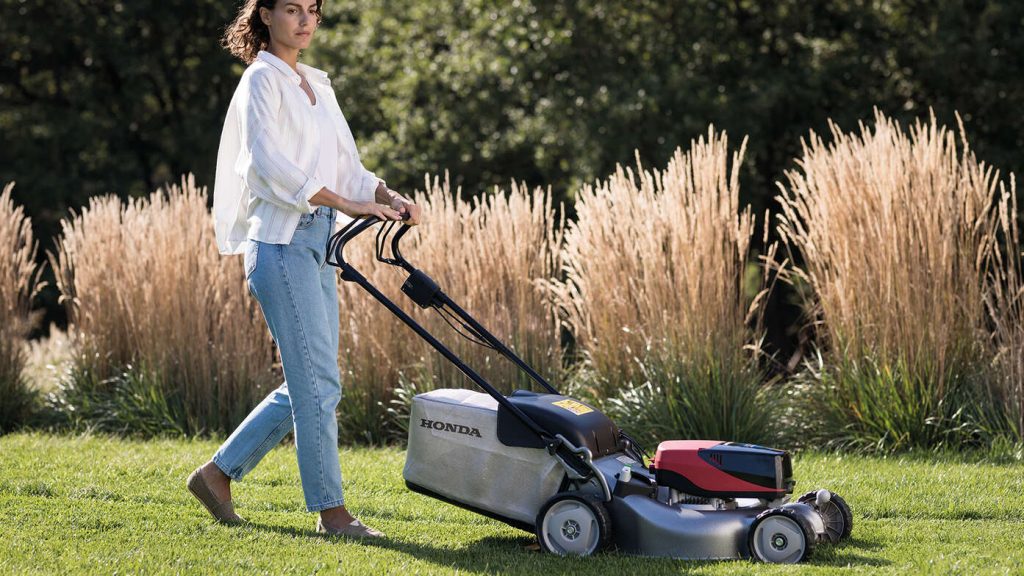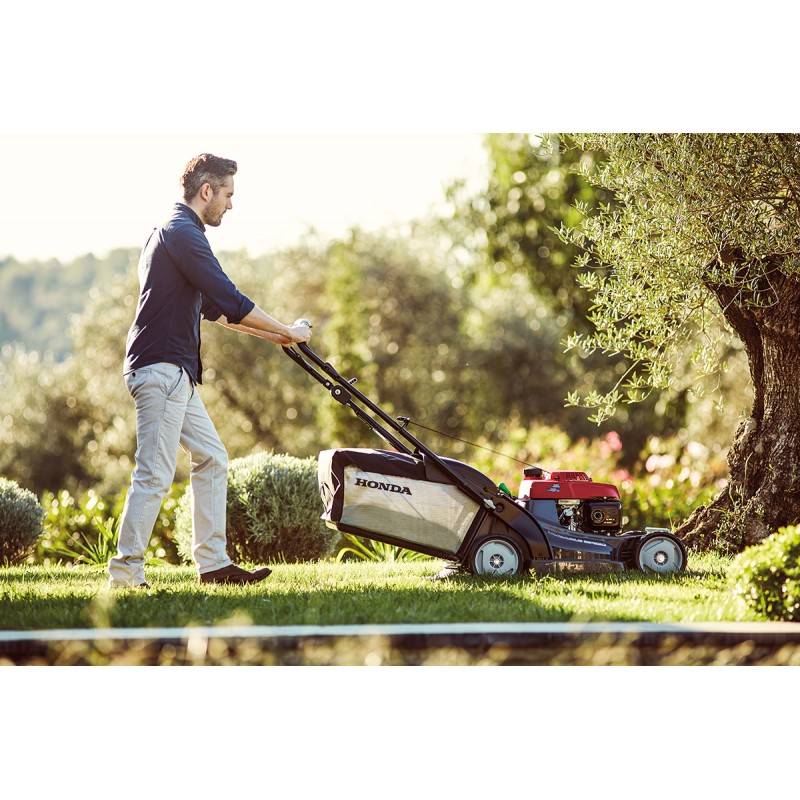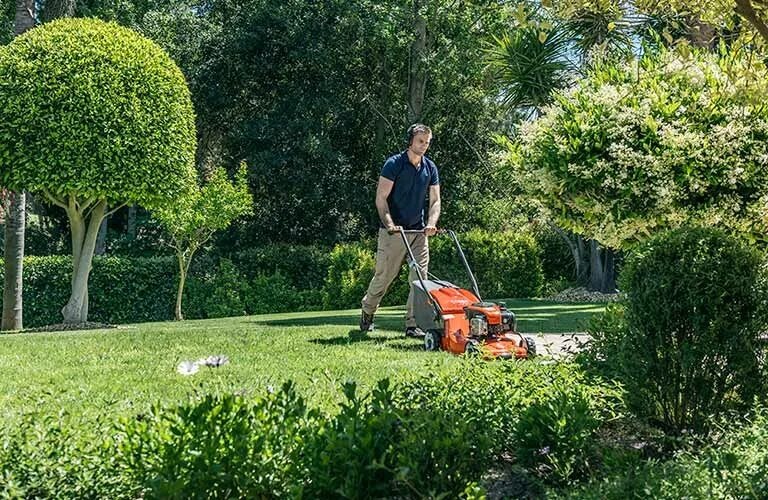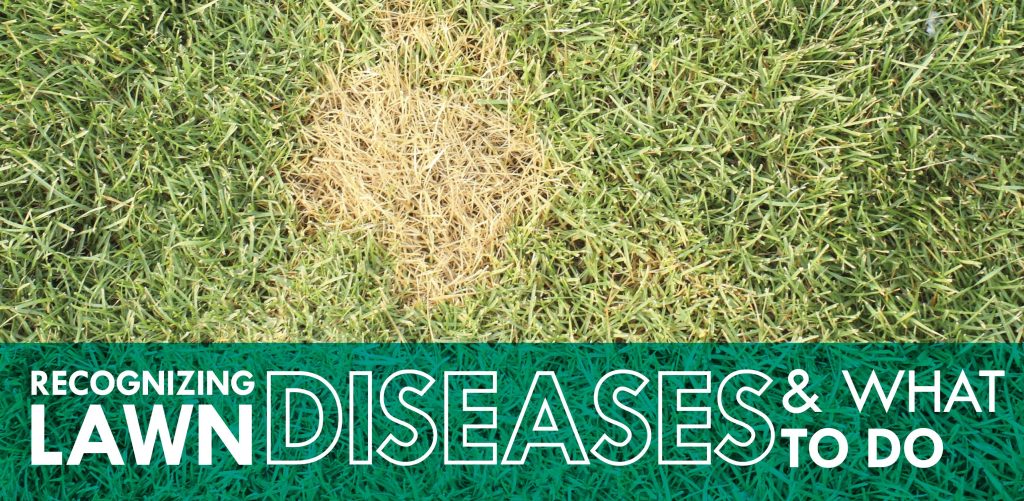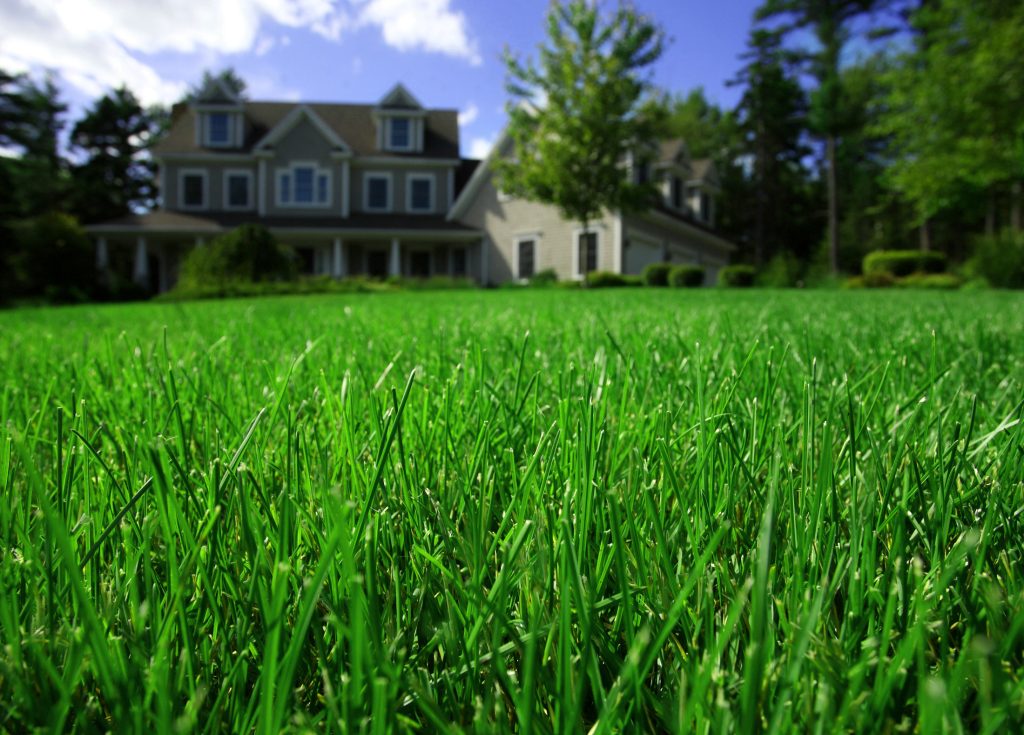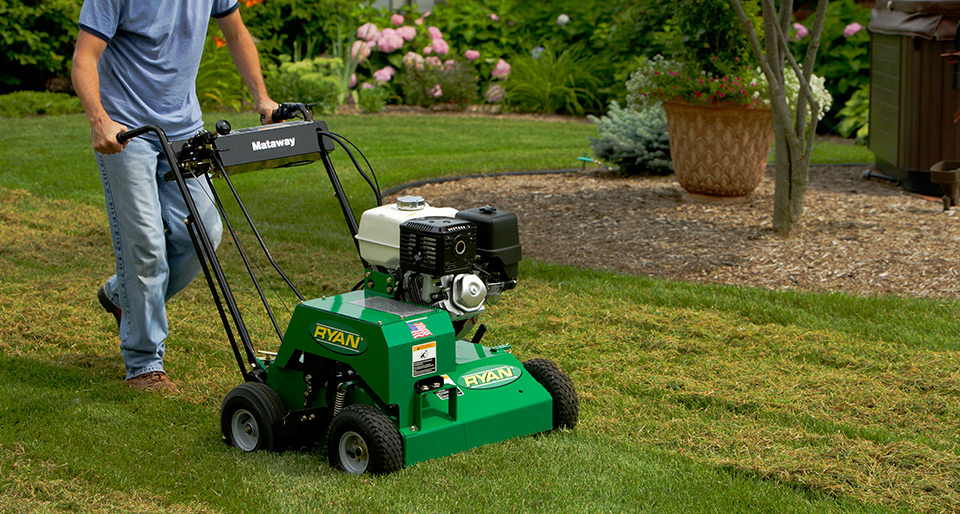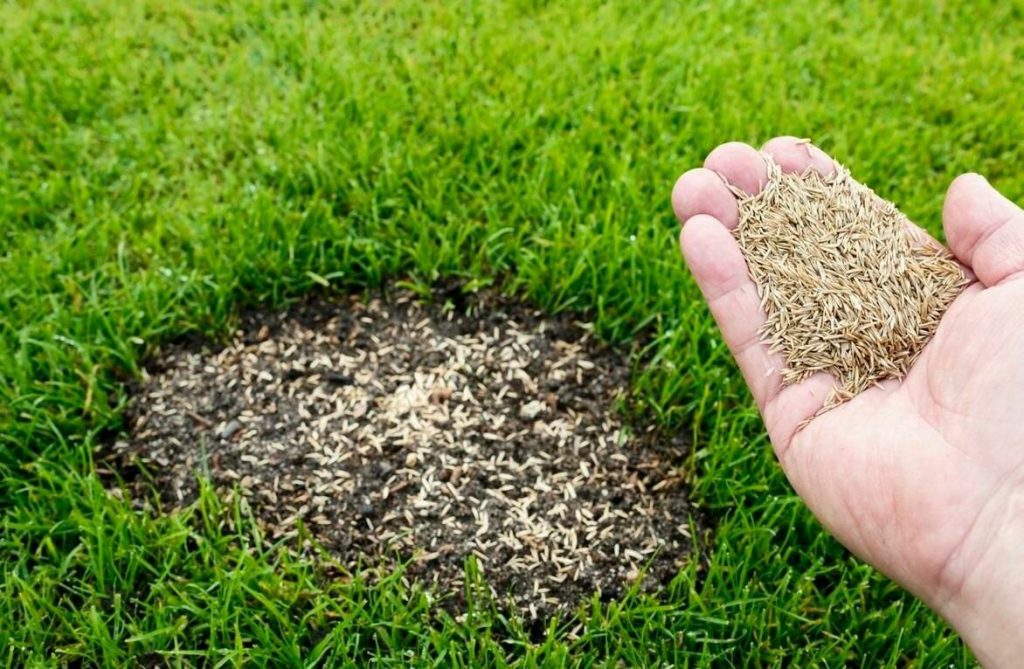Weeds are the common killer of your lush green garden. Weeds are the eyesores that every lawn owner has to endure. Battling stubborn weeds like crabgrass, dandelions, or clover is a yearly ritual. However, one can win that fight with the right strategy and product. This guide walks you through how post-emergent weed killer works, which ones are the most suitable, and most importantly, when it is the right time to begin your weed kill.
1. Weed Control Basics for Indiana Lawns:
For most lawn owners, one of the most essential things is to have a healthy and green lawn, free from every sort of insect and weed. A healthy and safe lawn is a thoughtful mix of mowing, fertilizing, and weed control. While some weeds can be prevented before they sprout, others sneak through even the best defenses. That’s where understanding the difference between pre-emergent and post-emergent herbicides becomes key.
Here is the key difference between the two kinds of herbicides that you need to learn about.
- Pre-emergent herbicides stop weeds before they germinate.
- Post-emergent herbicides target weeds that are already visible in your lawn.
However, it is essential to note that it is too late for the pre-emergent stage if you have already noticed weeds in your lawn. Now is the time to take care of the post-emergent product, and timing is everything.
2. What Is a Post-Emergent Herbicide?
For the lawn to stay lush and healthy, it is essential to look out for herbicides in the post-emergent stage. This is a stage where weed killers are designed to eliminate actively growing weeds without harming your lawn. These products are absorbed into the plant via leaves or stems, then travel through its system to kill it at the root. This is a complicated process, but when used efficiently, you could safeguard your garden even in the preliminary stages.
- Two Main Types:
Selective post-emergents: These target specific weed types (like broadleaf or grassy weeds) without harming grass. They are ideal for residential lawns.
Non-selective post-emergents kill all vegetation they touch. They are best for driveways, patios, or severe infestations—not your lawn.
Depending on your lawn type, you should look for the right post-emergent weed killers.
3. Best Practices for Applying Post-Emergent:
When it comes to maintaining proper practices for your lawn, one of the most important aspects to note is that applying the right quantity and proportion is equally important as product quality and standards.
- Weather Conditions Matter:
Applying the right weed killer at the right time of the year is essential. Look out for using it on dry days, ensuring that rain isn’t expected for at least 24 hours later. Moreover, taking note of the heat index also plays a vital role. Adding weed killer to your lawn on hotter days is not advisable. Too many windy days could also drift away the weed kill, and therefore, it should also be avoided.
- Lawn Prep Tips:
Now comes the main part, where you need to take concrete steps to prepare your lawn. Here are some of the basics that you need to follow.
- Water a day or two before, but don’t water right after application unless instructed.
- Mow 2–3 days before treating—not immediately before or after.
- Apply when the weeds are actively growing, usually in spring or fall.
- Safety rules:
It is essential to follow safety guidelines before you begin the process. Keep your pets and children away from the garden. Wear safety gloves, and most importantly, store herbicides away from the reach of children and pets.
4. Choosing the right product:
Choosing the right product is essential for lawn prep and safety. Indiana lawns deal with specific weeds, such as crabgrass, plantain, dandelion, chickweed, and clover, which are among the most common. Look for products tailored to those species.
Top Post-Emergent Options for Indiana Lawns
- Ortho Weed B Gon: Selective, safe for most turf grasses.
- Roundup: Non-selective, best for spot treatment.
- Spectracide Weed Stop: Budget-friendly and effective on many broadleaf weeds.
- Tenacity: A professional-grade option that tackles both broadleaf and grassy weeds.
5. Organic vs. Chemical:
We are often struck between the choices. Here is a brief overview of what to pick and how to pick.
Organic products use natural acids and oils. They work best on young weeds but may require repeat applications.
Chemical herbicides are more potent, faster, and widely used, but must be used carefully to avoid damaging other plants or the environment.
6. Don’t Guess on Weed Control — Get Expert Help
Too many details are available on the internet, but you are often unsure whether you can successfully pull it through. In that case, you need to call experts for your lawn care. Aiming for a healthy, effective lawn is no longer an aim but a choice you can make.
Check out our How to Dethatch Your Lawn in Griffith, IN


